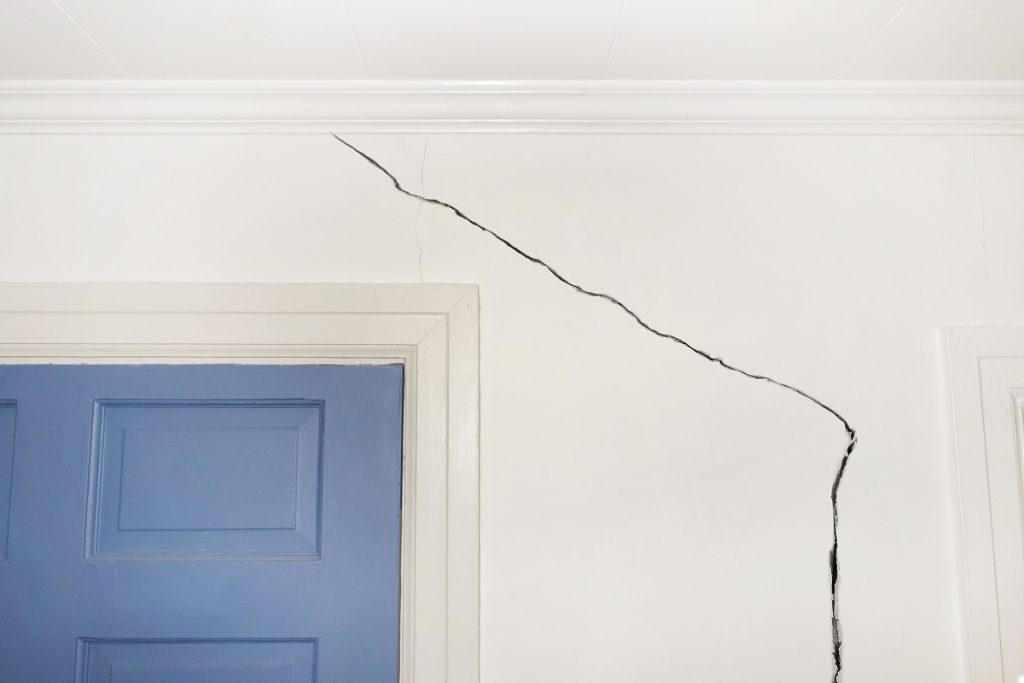Finding a crack on the wall of any structure is not unusual. Most of the time, these minor cracks appear as the new building settles onto the ground, and can be easily fixed with concrete crack repair products. However, other factors, such as earthquakes, water damage and foundation changes, can cause walls to crack, and these are the kinds of cracks you should learn to watch out for.
Here are some of the ways to determine how serious wall cracks are.
Vertical cracks
Examining the shape of the wall crack and the direction it runs can help a lot in determining its gravity. If the crack is vertical and starts near where the wall meets the ceiling, it could be a result of the building settling in after construction. Vertical cracks are generally less serious since they run the same direction as drywall.
Horizontal cracks
Horizontal cracks may indicate a more serious problem. Usually, cracks that run horizontally or at a jagged 45-degree angle could mean that the building is undergoing a severe foundation shifting or has water damage. If the cracks are a result of shifting foundations, there might also be a creaking sound that can be heard throughout the property, especially if it is an older structure. It is best to have an expert investigate the wall once you notice such cracks. Some reconstruction might be needed to prevent further damage on the structure.
Stair-step cracks
These cracks look like a flight of stairs running diagonally or in both vertical and horizontal directions across your wall. Stair-step cracks typically follow the grout or cement lines between the cinder blocks of walls. Usually found in unfinished basements, they can be a result of the soil settling under the center of the wall. The only way to ascertain the repairs needed to solve this is to hire an engineer to do soil tests and core drill tests in your property.
Sticking doors
You can also determine the seriousness of a wall crack by opening and closing internal doors. If the doors stick, check first if the sticking is not due to faulty hardware, cracked wood or paint. If nothing seems to block the swinging of the door, there might be a moderate to severe change in the building’s foundation, which would have caused the wall cracks as well. The sticking doors can signify that the doorframe was twisted as the foundation is shifting. If there is a visible gap at the top where the sticking door meets the door frame, it might be a symptom of a serious settlement problem.
Nail popping

Try checking the wall area around the crack and look for nail or screw heads that are popping out of the surface of the wall. Nail pops are often associated with serious wall cracks and could mean that there is considerable drywall shear movement. Cracks resulting from drywall shear movement could result in the structure collapsing immediately.
Aside from determining how serious wall cracks are, you must also learn what is causing them. It is best to have an expert come and check your structure to establish a sure way of repairing the cracks and preventing further damage on your property.

